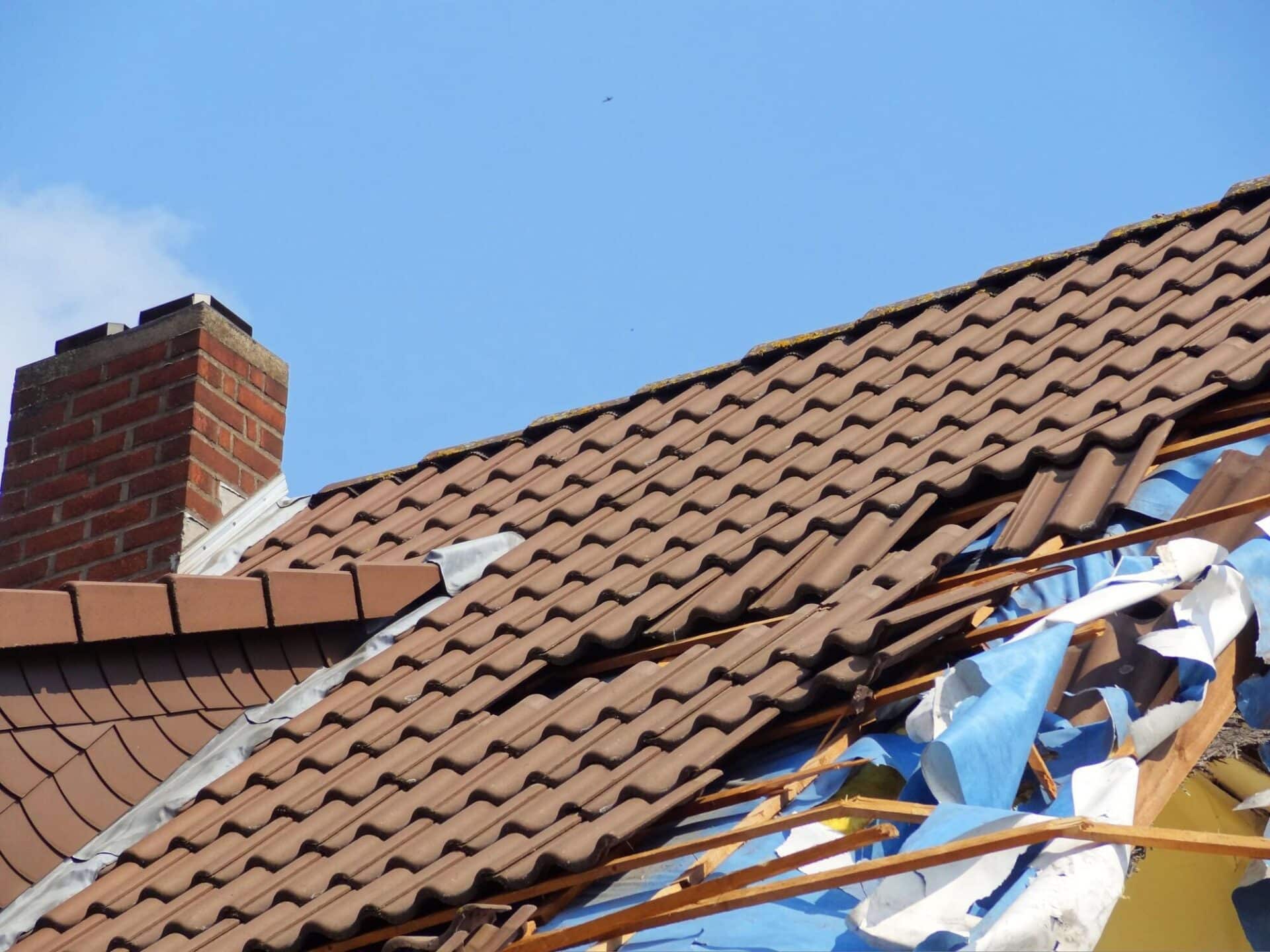When a storm passes, it often leaves more than puddles behind. Winds, heavy rain, and flying debris can turn a peaceful neighborhood into a maze of damage overnight. The quiet that follows a storm can be deceiving-hidden problems often linger long after the skies clear.
Knowing how to spot and fix issues early can make the difference between quick recovery and costly repairs. Whether it’s a leaky roof, fallen branches, or flooding, the right steps taken fast can protect your home and peace of mind.
Read more to learn how to identify storm damage and bring your space back to safety and comfort before small issues grow larger.
Checking the Roof for Signs of Trouble
The roof often takes the hardest hit during severe weather. Start your inspection from the ground if possible-look for missing shingles, sagging areas, or debris that may have piled up. If it’s safe to do so, climb up to check for cracks or loose flashing around vents and chimneys.
Water stains on the ceiling inside your home are another warning sign. These marks can appear days after a storm, showing that moisture has slipped through. Repairing damaged shingles quickly prevents leaks from spreading into insulation or walls.
Examining the Siding and Windows
Strong winds often send branches or debris against a home’s exterior. Walk around and look for dents, cracks, or holes in siding panels. Damaged siding not only looks worn-it allows water and pests to slip inside, creating long-term problems.
Windows deserve close attention too. Tiny cracks in the glass or loose frames can cause air leaks and raise energy bills. If the seal around the window feels soft or uneven, it may have weakened due to rain or impact.
Handling Fallen Trees and Yard Damage
The sight of fallen branches or uprooted trees can feel overwhelming, but start by staying safe. Never touch limbs that rest on power lines. Once it’s clear to move forward, clear smaller debris and inspect fences, decks, and sheds for structural harm.
Grass and soil may also need attention. Heavy rain can erode the soil, creating uneven patches or puddles that attract insects. Leveling and reseeding these spots helps restore the yard’s balance.
For large-scale damage, it’s best to call storm cleanup experts who can remove heavy debris safely and prevent further harm to your property.
Inspecting the Foundation and Basement
After major storms, the ground stays soaked for hours or even days. Check your foundation for new cracks or damp areas. If water has entered the basement, dry it out as quickly as possible to stop mold from forming.
A dehumidifier helps remove lingering moisture, and sealing foundation gaps keeps future flooding away. Simple maintenance now prevents expensive structural repairs later.
Restoring Safety and Peace at Home
Storm recovery takes more than fixing what’s broken-it’s about rebuilding comfort and calm. Once repairs are done, take time to reinforce what matters most. Clean gutters, trim overhanging branches, and store outdoor furniture properly before the next storm hits.
A Calm After the Storm
The true end of a storm comes when your space feels safe again. With care, patience, and quick attention, even major damage can be restored. Each repaired shingle, sealed crack, and cleared branch brings you closer to normalcy.
In every repaired corner lies a reminder: storms may shake the world outside, but your resilience keeps the home standing steady.
For more on this content, visit the rest of our blog!








